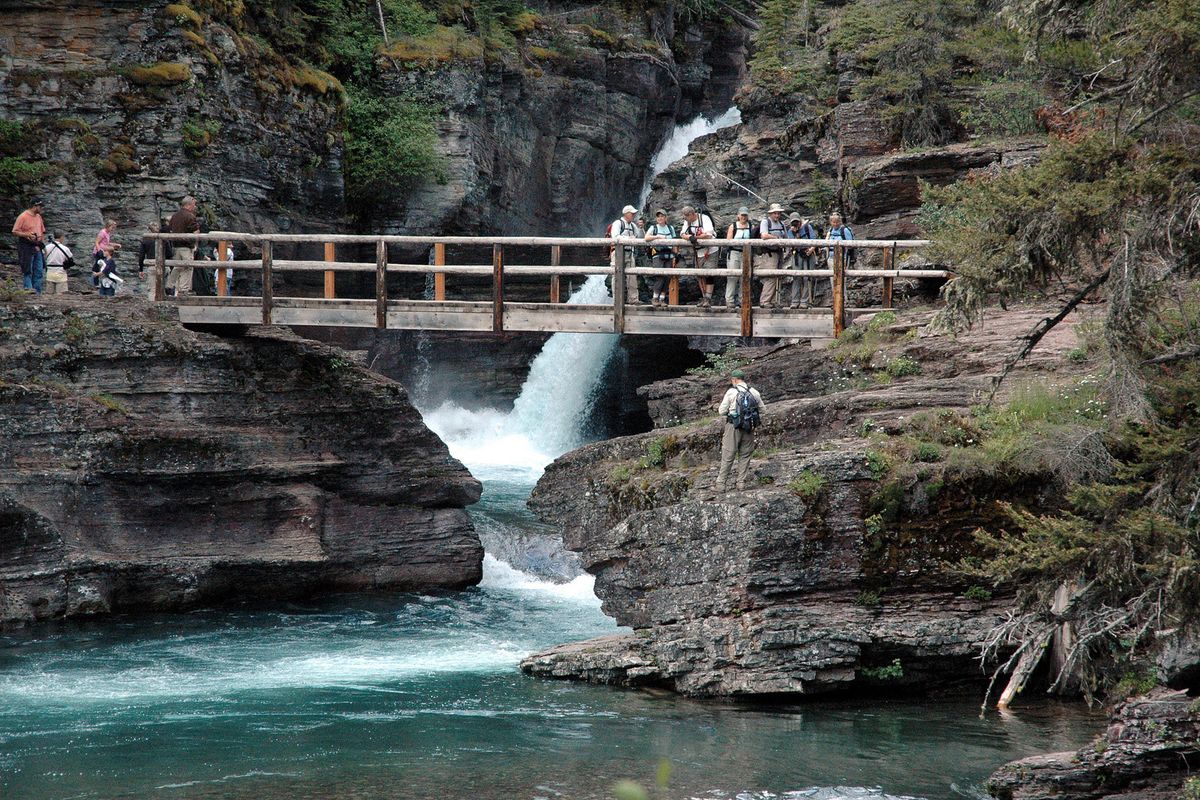With 7 national parks nearby, paradise always within reach

Still, tourists or no, the region’s national parks offer myriad opportunities for authentic wilderness encounters. Driving into a park and especially hiking into a remote area provides a more simple time filled with natural sights and sounds to be enjoyed now and remembered forever.
One reason the experience works is because the location is authentic. The land is relatively undisturbed and the animals are living free. Displaced from the frantic pace of ordinary life, one realizes that humans are only a small part of a huge interconnected wilderness system. To the east of us, Glacier, Teton and Yellowstone national parks offer visitors a chance to experience authentic wilderness. Whether it is rugged mountain peaks, waterfalls, or watchable wildlife, a national park provides those who have never experienced nature on its own terms a unique appreciation.
An encounter may result in a lifelong memory, like finding mountain goats on a high cliff or suddenly seeing a grizzly near the road or trail. But other types of encounters are not so dramatic. Hiking to a waterfall and sitting close enough to feel the cold mist and hear the water roaring over the edge can provide a meditative type of experience. Climbing along a steep trail to the summit of a mountain and viewing to the horizon provides a humble realization that we are but a tiny spot in this vast wilderness. A jolt of reality of where we fit into this huge and complicated world is refreshing.
There are so many uplifting experiences when visiting a national park. A climb to the top of a mountain gives a feeling of accomplishment. Even the mild muscle soreness the next day is a good sensation … unless the pre-park training and exercising weren’t intense enough.
Experiencing authentic wilderness takes some preparation. Hiking and climbing to 7,000 to 10,000 feet or higher requires some acclimation to the rarer but cleaner air. Spending a few days taking short hikes and walks at a lower elevation will help before trying to conquer a mountain summit.
Plan ahead if you are going to stay overnight. Whether the preferred accommodations are a park lodge, cabin, campground or wilderness site, reservations provide assurance and peace of mind especially during the peak tourist months. Backpacking trips require a permit, and in some areas there are limited numbers available to ensure that hikers can get a quality wilderness experience. Some campgrounds accept campers on a first-come basis, which means arriving for a late-morning check in. That might require staying outside the park the first night.
A national park experience can include a sense of place. It involves more than the unique character of each park that draws visitors – Going-to-the-Sun Road in Glacier National Park or Old Faithful at Yellowstone, for instance. Take the time to get away from the crowds. Plan a hike into the less visited, remote areas. In the process of exploring the wonders of a national park you can leave with a new, insightful identity. An authentic wilderness experience can do that.